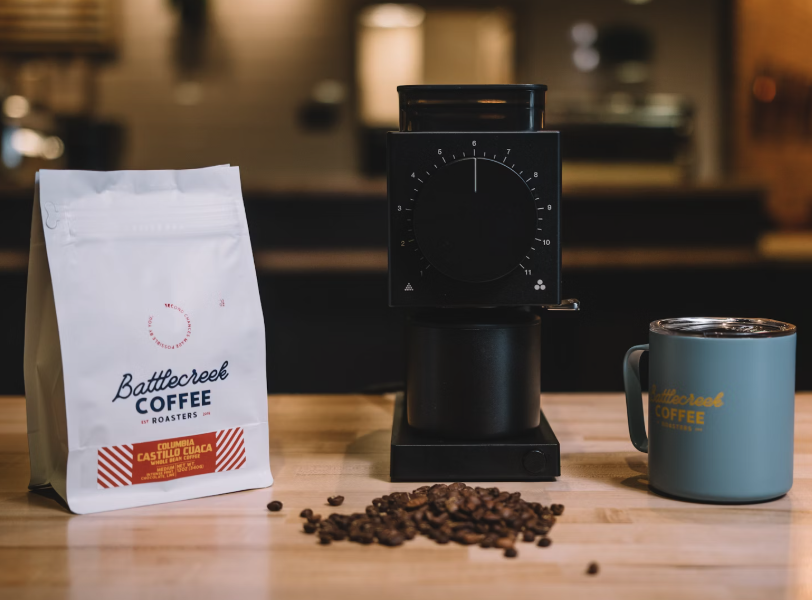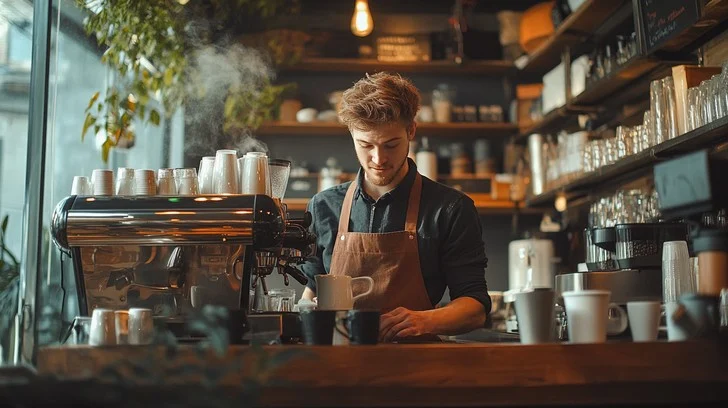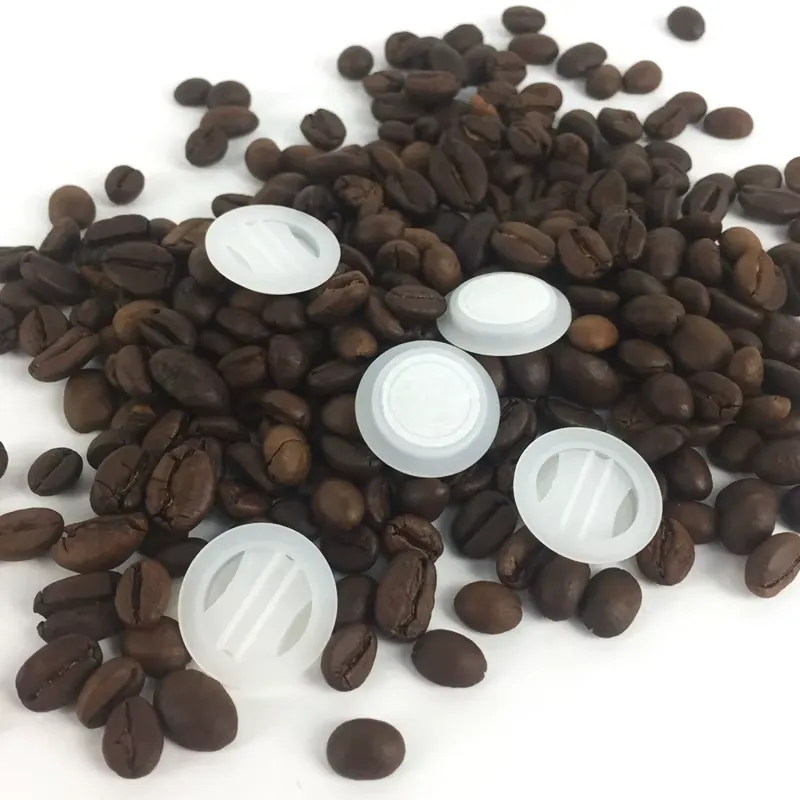Retail coffee packaging is more than just a container—it’s your brand’s first impression. An effective coffee bag protects your beans, supports your sustainability goals, and most importantly, tells your story to the world. With so many options on the market, how do you choose the best packaging for your roastery?
Here are six essential tips that will guide you through the decision-making process and help ensure your coffee packaging meets your business goals.
1. Understand Your Product and Market Position
Your packaging should align with both your product and your customers’ expectations. Are you a boutique roaster offering limited-edition micro-lots, or a larger operation with high-volume SKUs? Consider:
- Batch size: Are you selling 10g samples or 5kg bulk bags?
- Sales channels: Online direct-to-consumer, grocery shelves, or wholesale cafés?
- Customer perception: Are you aiming for a minimalist premium look or a bold, expressive design?
Knowing where your brand sits in the market helps determine both structure and visual design.
2. Choose the Right Coffee Bag Structure for Your Needs
Coffee packaging comes in many shapes and sizes—each with a specific purpose. Selecting the right structure helps balance brand appeal, functionality, and cost.
Here’s a breakdown of common coffee bag formats and when to use them:
- Stand-Up Pouches (Doypacks)
Best for small-volume retail packaging (e.g., 25g–250g). Ideal for sampling, subscriptions, and shelf display. Compact, lightweight, and cost-effective. - Flat Bottom Bags
Offer a premium look with excellent shelf stability. Great for 250g to 1kg retail bags. The flat base and side gussets provide a cubic shape and solid branding surface. - Quad Seal Bags
Also known as four-side seal bags, they are strong, structured, and ideal for medium to large capacities (500g–5kg). They offer extra strength and a clean, professional look. - Side Gusset Bags
A traditional format commonly used for wholesale or bulk sales (e.g., 1kg–20kg). Side gussets allow for efficient storage and transport. - Tin Tie Paper Bags
A simple, recyclable solution popular in cafes’ and farmers’ markets. Ideal for fresh roast sales and in-store packaging. Tin ties allow easy resealing without a zipper or valve. - Pillow Bags
Used mainly for automated, high-speed filling. More common in industrial or institutional coffee packaging (e.g., vending formats, office supply).
Each structure has its benefits depending on your roast profile, target market, and distribution method. At FernPack, we help you match your product and brand vision with the most suitable bag style—whether you’re launching a 25g sample pouch or a bulk quad seal bag for export.
3. Use Barrier Materials That Protect Freshness
Coffee is sensitive to oxygen, moisture, and light. High-barrier materials are essential for preserving quality and flavor. Common materials include:
- PET/AL/PE composites for high-performance barriers.
- Kraft paper + foil for a natural look with protective layers.
- Eco-friendly options like PLA and biodegradable films for brands that want to go green.
FernPack’s materials are tested for durability and freshness to ensure your coffee tastes as good as it smells.

4. Add Functional Features for Consumer Convenience
Thoughtful packaging features improve user experience and enhance brand trust. Consider adding:
- One-way degassing valves to release CO₂ while keeping oxygen out.
- Zippers or tin ties for reclosability and longer shelf life.
- Tear notches for easy opening without scissors.
Functional elements make your bag not only beautiful, but practical—something your customers will notice.
5. Invest in Custom Printing That Reflects Your Brand
Your packaging is an ambassador for your brand. Custom printing offers a canvas to express identity, share origin stories, and create emotional connection. Options include:
- High-quality rotogravure or digital printing
- Matte, gloss, or soft-touch finishes
- Windows, QR codes, or storytelling space
FernPack supports full-color printing with low MOQs to help you test and iterate affordably.
6. Plan for Growth with Flexible MOQs and Lead Times
As a growing business, you need partners that scale with you. Low minimum order quantities (MOQs) and reliable lead times help reduce inventory pressure while maintaining consistent branding.
FernPack supports starting at just 500 units, offers rapid sample turnaround, and ensures 24/7 responsive service to keep your operations on track.
Final Thoughts
The right coffee packaging protects more than just your beans—it protects your brand. By taking the time to choose the right materials, structure, and design, you’re investing in both customer satisfaction and long-term growth. At FernPack, we make it easy to create packaging that’s practical, beautiful, and sustainable.
Rooted in nature. Designed for the future.




